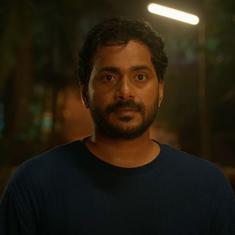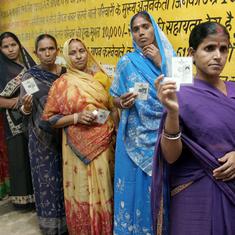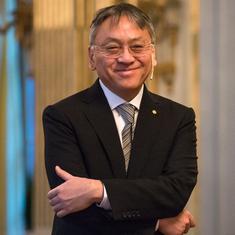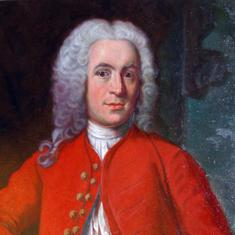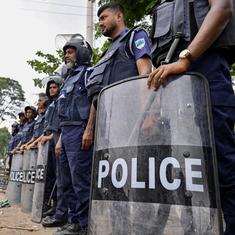Ram Prasad Bismil’s life was devoid of any glory or achievement. He was an idealist who dreamt of freeing his country from the British. He sincerely believed that through acts of violence and killing, they would strike terror in the hearts of the British bureaucracy. That their acts of courage and sacrifice would also inspire the youth of the country to take up cudgels against the British.
His was a brief life, which was tragically cut short in 1927 when, at the age of 30, he was hanged for his involvement in the Kakori dacoity case. The moment of his death would have been a moment of both satisfaction and dejection for him. He would have been gratified for having made the supreme sacrifice of his life for a cause that was so dear to him. But he was also much less than certain whether his sacrifice had brought the cause of India’s freedom any closer to fulfilment. Such was his lot, and of many others of his generation who thought and believed like him. The importance of Bismil’s life lies not so much in what he achieved but in his ideals and the sincerity with which he pursued them.
When in jail, Bismil started writing about his life on scattered scraps of paper that were available to him. They were surreptitiously smuggled out and printed after Bismil was hanged. These have now been translated admirably and competently into English by Awadhesh Tripathi as A Glimpse of My Life, thus making them accessible to a wider readership.
A life of revolt
Bismil lived during the first three decades of the 20th century, when the ideas of anti-imperialist Indian nationalism had begun to break out of the ivory towers of Indian politics, located in the metropolitan cities, and had spread out to small cities and towns. Stories of the Swadeshi movement had begun to reach people through newspapers. Ideas of Indian nationalism were being transmitted to remote areas and, in the process, getting transformed. People’s experiences of discontent with British rule were now finding a new articulation. It was in this climate that Bismil grew as a young teenager in Shahjahanpur, a small city in UP.
Quite unlike many other nationalist leaders, Bismil grew up in a completely locked and insular zone, where he had no exposure to modern ideas of liberalism and secularism. His social environment was remarkably devoid of broad external influences. The one major source of inspiration for him was the Arya Samaj. Very early in his life, Bismil transcended the narrow world of self-interest and aspired to a life of service to larger causes. This major shift was informed by three major influences: traditions and family socialisation, anti-imperialist nationalism that had reached the interiors of Indian society, and the Arya Samaj. These influences created a personality that was both unique and complex. His personal life was deeply conservative, in which he nurtured ideas of austerity and celibacy. He attached great value to Brahmacharya, which to him was the fountainhead of all virtues. As he grew older and came under the influence of Arya Samaj, he worked towards Shuddhi, a purificatory movement geared towards re-converting Muslims back to Hinduism.
The Shuddhi movement was generally anti-Muslim and ridden with communal overtones. But his involvement with Shuddhi did not come in the way of a deep emotional bonding with Ashfaqullah Khan, his fellow revolutionary who was involved in the Kakori train dacoity and eventually hanged along with him. His memoirs are full of very fond and moving references to his soulmate Ashfaqullah Khan, and through him, to the supreme necessity of Hindu-Muslim unity.
Bismil’s social universe was very Gandhian, even though he did not come directly under Gandhi’s influence and may not have been aware of it. It is also possible that his social ideas were inspired by sources other than Gandhi. But the Gandhian stamp on his social ideas is quite unmistakable. Bismil’s idea of a viable economy was that of a decentralised village economy, in which villages would be able to sustain themselves without depending on outside forces for their needs. Also, he wanted villagers to grow as “true khadi-wearing, swadeshi patriots” who would read and write and “subscribe to newspapers so that they keep themselves informed of what is happening in the country”. This sounds so remarkably similar to Gandhi’s imagination of an ideal Indian village.
However, his political universe could not have been more distant from Gandhi’s. Bismil’s political world was marked by guns, bombs, and killing. The politics of underground violence required money. Therefore, a train carrying the government treasury had to be looted. It was for this offence that he was caught and hanged. For most of his life, he was convinced that these acts of violence would strike terror in the British officials and bureaucrats and would thus help to liberate the country.
However, such politics had its pitfalls. There was just no support, financial or political, from society. The extremely efficient intelligence network of the British enabled them to catch all those involved in the Kakori dacoity. Some of the efficiency of the British network stemmed from the fact that a number of Indians were ready to collaborate with the government and provide information about the revolutionaries. Often, factional fights among them let out their secrets. Many practitioners of underground violence turned approvers after being arrested. Both the factors – fear of torture by the police and the incentives offered – were at work. This was the inevitable fate of all such clandestine, secretly held, underground violent activities. Quite often, common people were also suspicious of them. Bismil was aware of these pitfalls, yet remained committed to the politics of underground violence till a few months before the end of his life. His personal, social, and political trajectories flowed in very different directions. One was not a derivative of the other and existed quite independently of the other.
On death row
After Bismil was arrested, he was found guilty and given a death sentence. The two moments – awareness of the impending death and the actual death – were separated by three months. Bismil spent these three months in deep introspection. His last note in the memoirs is just three days before the hanging. It was during this period that he began to question the efficacy of violent methods. He realised that the route to effective politics lay through educating and mobilising the masses and not through violence and killing: “… if we had directed our efforts towards educating the masses and spreading awareness among them, our actions might have been more successful and more lasting”. The following were his thoughts during the last moments of his life: “I am now convinced that no revolutionary organisation can be successful in India … as the conditions are not conducive for revolution. That is why it is foolish to attract the country’s youth to revolutionary work and ruin their lives in the process. It is likely to do more harm than good. My final message to the youth is that they should choose to serve the nation sincerely instead of entertaining the romantic idea of using revolvers or pistols”.
Bismil’s short life of 30 years was rich, unique, and in keeping with the highest ethical standards. When in jail, there were moments of opportunity for him in which he could have escaped. But he chose not to escape as it would have put the careers of the policemen at risk of removal. He lived his life selflessly and acted out his ideological commitments. His memoirs give us an ample reflection of his life and ideas. Awadhesh Tripathi has done well to make this world available to readers of the English language.
Salil Misra is a visiting faculty member at the BM Munjal University, Manesar.
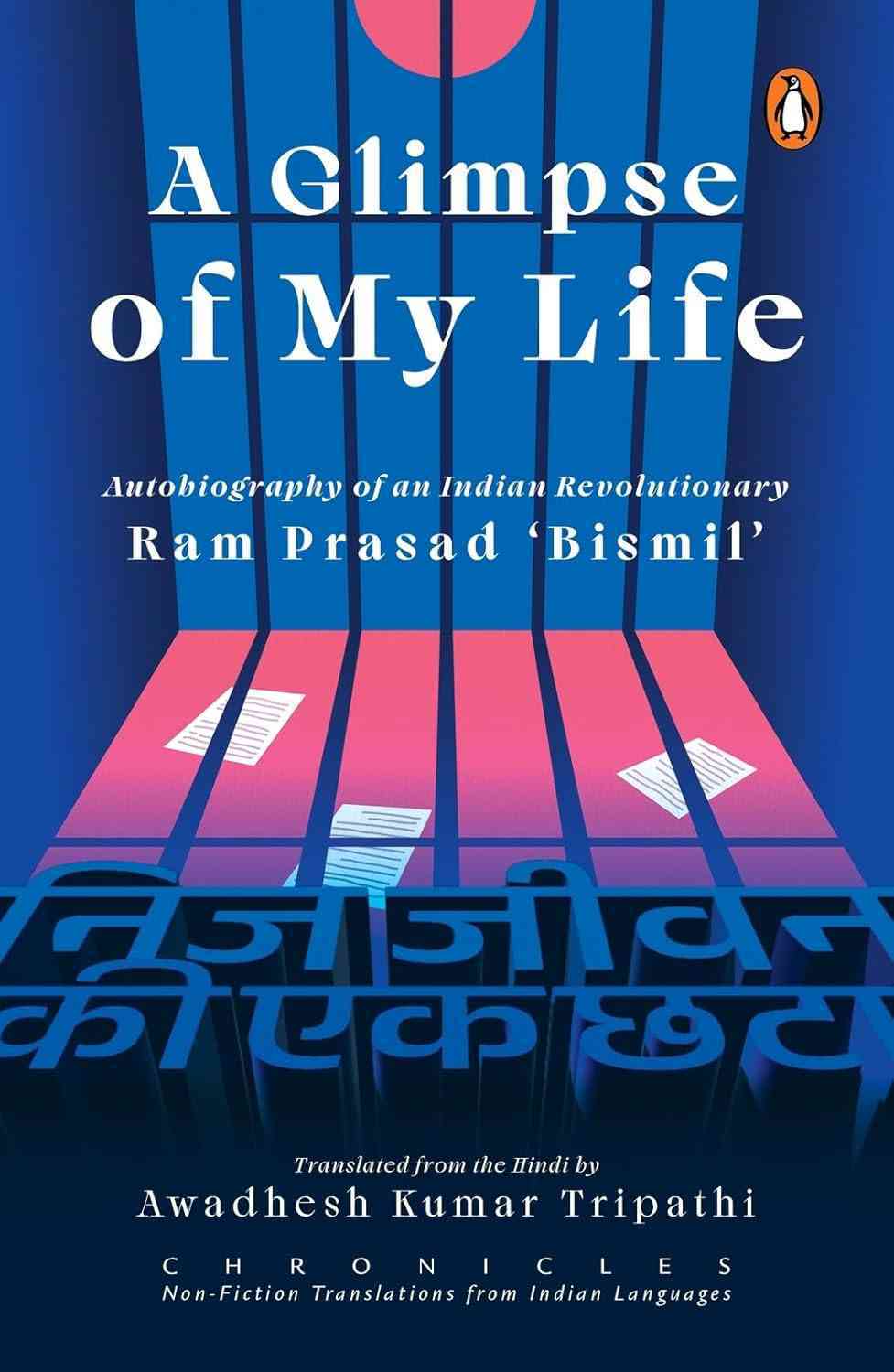
A Glimpse of My Life, Ram Prasad Bismil, translated from the Hindi by Awadhesh Tripathi, Penguin India in association with The Ashoka Centre for Translation.

